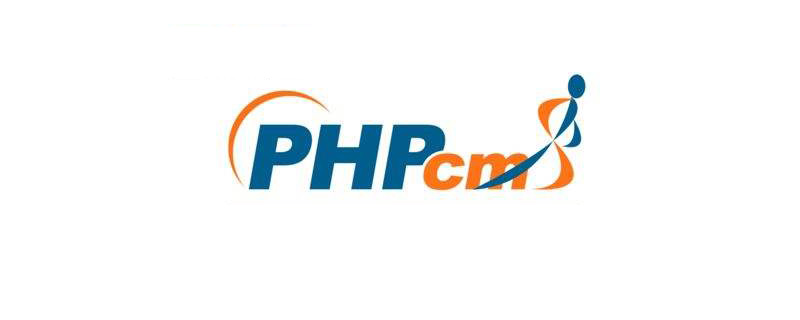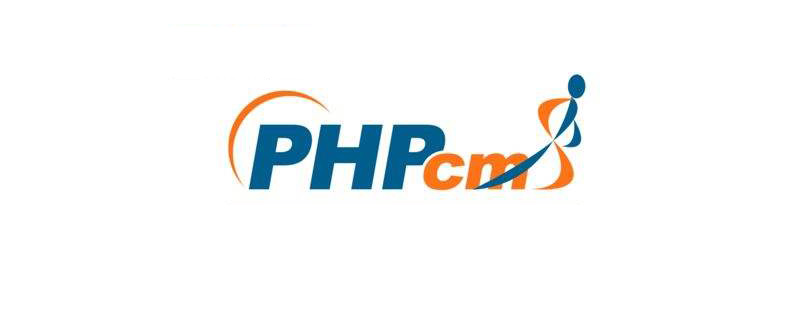
How to configure https in PHPCMS?
1. Use Pagoda Panel to apply for a free SSL certificate and automatically configure https;
Pagoda Panel is easy to use, powerful and free for life. Server management software supports Linux and Windows systems. One-click configuration: LAMP/LNMP, website, database, FTP, SSL, and easily manage the server through the Web.

#2. Manually obtain the SSL certificate, issue it to the website for application, and then manually configure the openssl component and configure the conf file to bind the monitoring.
Manually configuring https depends on the specific underlying environment. There are three commonly used environments for Phpcms v9: IIS under Win host, Apache under Linux, and Nginx under Linux. Linux is naturally divided into various subdivided environments such as CentOS and Ubuntu. The following uses Ubuntu's Nginx under Linux as an example to demonstrate the method of manually configuring the SSL certificate.
2.1. First, you have to manually go to some free SSL certificate issuing websites to apply for a certificate.
SSL certificate levels are divided into three types, domain name SSL certificate (DV SSL), enterprise SSL certificate (OVSSL), and enhanced SSL certificate (EVSSL). Common free SSL is generally the most basic domain name DV certificate. Free application platforms include: Let's Encrypt, StartSSL, COMODO PositiveSSL, CloudFlare SSL, Wosign SSL, Tencent Cloud DV SSL certificate, Alibaba Cloud DV SSL certificate, and 360 Website Guard, Baidu Cloud Acceleration Free SSL, Youpai Cloud, Qiniu Cloud, etc. Search and apply by yourself~ Maybe CMSYOU will have time to continue explaining in the future!
2.2. Install the ssl component in Ubuntu:
sudo apt-get install openssl sudo apt-get install libssl-dev
Recommended tutorial: "PHPCMS Tutorial 》
The above is the detailed content of How to configure https in PHPCMS?. For more information, please follow other related articles on the PHP Chinese website!
 phpcms是什么框架Apr 20, 2024 pm 10:51 PM
phpcms是什么框架Apr 20, 2024 pm 10:51 PMPHP CMS 是一种基于 PHP 的开源内容管理系统,用于管理网站内容,其特点包括易用性、强大功能、可扩展性、安全性高和免费开源。它可以节省时间、提升网站质量、增强协作并降低开发成本,广泛应用于新闻网站、博客、企业网站、电子商务网站和社区论坛等各种网站。
 phpcms怎么跳转到详情页Jul 27, 2023 pm 05:23 PM
phpcms怎么跳转到详情页Jul 27, 2023 pm 05:23 PMphpcms跳转到详情页方法:1、使用header函数来生成跳转链接;2、循环遍历内容列表;3、获取内容的标题和详情页链接;4、生成跳转链接即可。
 微信登录集成指南:PHPCMS实战Mar 29, 2024 am 09:18 AM
微信登录集成指南:PHPCMS实战Mar 29, 2024 am 09:18 AM标题:微信登录集成指南:PHPCMS实战在今天的互联网时代,社交化登录已经成为网站必备的功能之一。微信作为国内最流行的社交平台之一,其登录功能也被越来越多的网站所采用。本文将介绍如何在PHPCMS网站中集成微信登录功能,并提供具体的代码示例。第一步:注册微信开放平台账号首先,我们需要在微信开放平台上注册一个开发者账号,申请相应的开发权限。登录[微信开放平台]
 2023年最新phpcms视频教程推荐(二次开发必学)Oct 25, 2019 pm 03:45 PM
2023年最新phpcms视频教程推荐(二次开发必学)Oct 25, 2019 pm 03:45 PM很多站长使用PHPCMS进行二次开发建站,PHP中文网特意推出了phpcms视频教程,大家可以随时随地免费观看视频教程,不需要从百度网盘下载,非常方便。
 phpcms用什么数据库Feb 21, 2023 pm 06:57 PM
phpcms用什么数据库Feb 21, 2023 pm 06:57 PMphpcms用mysql数据库。phpcms是一个PHP开源网站管理系统,采用PHP+MYSQL做为技术基础进行开发。PHPCMS V9采用OOP方式进行基础运行框架搭建,支持的PHP版本是PHP5及以上、支持的MYSQL版本是MySql 4.1以上版本。
 phpcms有评论功能吗Feb 16, 2023 am 10:06 AM
phpcms有评论功能吗Feb 16, 2023 am 10:06 AMphpcms有评论功能。phpcms内置评论模块,提供了让网站的浏览者发布自己见解的功能,使得浏览者可以互动,相互交流自己的看法,来增加网站人气。PHPCMS的评论用户留言的功能,同时还增加了审核功能,防止言论中出现违禁词汇等。对网站管理者而言,PHPCMS的评论模块可以方便的管理用户评论,可以根据时间、关键字、是否审核等条件查找并管理留言内容。
 phpcms怎么实现微信登陆Mar 09, 2023 am 09:33 AM
phpcms怎么实现微信登陆Mar 09, 2023 am 09:33 AMphpcms实现微信登录的方法:1、在根目录新建“wechat.php”;2、在“\phpcms\modules\member\index.php”下增加“public function wechat() {...}”;3、在“foreground.class.php”文件中通过wechat函数判断用户是否登录即可。
 phpcms怎么修改站点名称Feb 24, 2023 am 09:29 AM
phpcms怎么修改站点名称Feb 24, 2023 am 09:29 AMphpcms修改站点名称的方法:1、使用管理员登录后台页面;2、在顶部的菜单栏找到“设置”选项单击,然后在左侧的菜单出找到“站点管理”;3、找到需要修改的站点,点击该站点域名右面的修改链接;4、在弹出的窗口中修改站点名称即可。


Hot AI Tools

Undresser.AI Undress
AI-powered app for creating realistic nude photos

AI Clothes Remover
Online AI tool for removing clothes from photos.

Undress AI Tool
Undress images for free

Clothoff.io
AI clothes remover

AI Hentai Generator
Generate AI Hentai for free.

Hot Article

Hot Tools

SAP NetWeaver Server Adapter for Eclipse
Integrate Eclipse with SAP NetWeaver application server.

EditPlus Chinese cracked version
Small size, syntax highlighting, does not support code prompt function

Dreamweaver Mac version
Visual web development tools

Notepad++7.3.1
Easy-to-use and free code editor

VSCode Windows 64-bit Download
A free and powerful IDE editor launched by Microsoft






